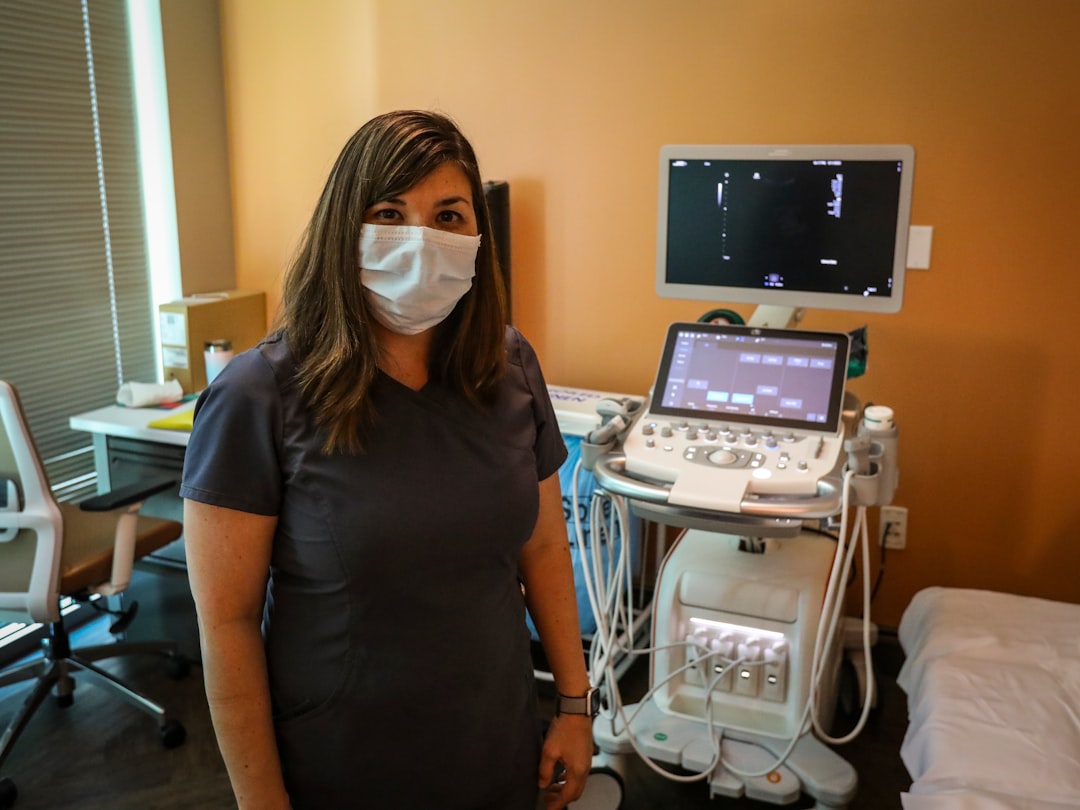A paratubal cyst is a fluid-filled sac that develops near the fallopian tubes. These cysts are usually benign, but can occasionally become cancerous. Symptoms of a paratubal cyst may include pelvic pain, abnormal bleeding, and difficulty becoming pregnant. Treatment for a paratubal cyst typically involves surgically removing the cyst.
Types
A paratubal cyst is a fluid-filled sac that develops near the fallopian tubes. There are three types of paratubal cysts: simple, complex, and mixed.
Simple paratubal cysts are the most common type. They are small and usually do not cause any symptoms. Complex paratubal cysts are larger and can cause pain and other symptoms. Mixed paratubal cysts contain both fluid and solid tissue.
Paratubal cysts are usually benign (not cancerous). However, they can sometimes rupture and cause serious problems such as internal bleeding or infection. If you have any symptoms, it is important to see your doctor so that they can determine if you have a paratubal cyst and whether it needs to be treated.
Causes
There are several potential causes of paratubal cysts, which are growths that occur near the fallopian tubes. One possible cause is a blockage in the tubes that prevents eggs from passing through, leading to a build-up of fluid in the area. This can happen due to scar tissue from previous surgery or infection, or it may be present at birth. Another possible cause is endometriosis, a condition in which the tissue that lines the uterus grows outside of it. This can cause cysts to form on the ovaries, fallopian tubes, and other nearby structures. Additionally, certain hormonal imbalances can cause fluid-filled sacs to develop in the area around the fallopian tubes. Treatment for paratubal cysts depends on their size and symptoms but may include medication or surgery.
Symptoms
There are a few different symptoms that can arise from paratubal cysts. The most common symptom is pelvic pain. This pain can be caused by the cyst pressing on surrounding tissues or organs. The pain may be sharp or dull and can come and go. Other symptoms include:
Painful periods or pelvic pain during sex
Pain in the lower abdomen
Pain in the lower back and/or hips
Abdominal swelling caused by fluid build-up around the cyst
Diagnosis
A paratubal cyst is a benign (non-cancerous) cyst that develops near the Fallopian tubes. It is also known as a paraovarian cyst. Paratubal cysts are usually small, measuring less than 5 centimeters (2 inches) in diameter. However, they can grow larger and cause problems if they rupture or become infected.
There are several ways to diagnose a paratubal cyst. The most common is through an ultrasound, which can show the presence of a cyst on or near the ovaries. Blood tests, including CA 125 and beta-hCG, may also be ordered to rule out other conditions, such as ovarian cancer. In some cases, laparoscopy (a surgical procedure used to examine the inside of the abdomen) may be necessary to confirm the diagnosis.

Treatment
A paratubal cyst is a fluid-filled sac that develops near the fallopian tubes. While these cysts are usually benign, they can cause pelvic pain and fertility problems.
If you have a paratubal cyst, your doctor may recommend surgery to remove it. This can be done laparoscopically, which is a minimally invasive procedure. In some cases, the cyst can be removed through an incision in the abdomen.
Surgery is usually successful in treating a paratubal cyst. However, in some cases, the cyst may return or new cysts may develop. If this happens, you may need additional surgery or other treatment options.
Prevention
There are several preventions for paratubal cysts. One is to have regular pelvic examinations, which can help to detect cysts early. Another is to avoid activities that can cause trauma to the pelvis, such as horseback riding or contact sports. Additionally, it is important to maintain good hygiene and avoid douching, which can irritate the tissues around the ovaries and fallopian tubes and lead to inflammation.
Risk Factors
There are several risk factors associated with the formation of paratubal cysts. One of the most significant risk factors is a history of pelvic inflammatory disease (PID). PID is an infection of the reproductive organs that can damage the fallopian tubes and lead to the formation of cysts. Other risk factors include endometriosis, previous surgery in the pelvis, and certain sexually transmitted diseases (STDs).
Women who have one or more of these risk factors should be monitored closely by their healthcare providers. They may need to undergo regular ultrasounds or other tests to check for cysts. Treatment for paratubal cysts is typically surgical. The cyst must be removed in order to prevent it from rupturing and causing further damage to the reproductive organs.
Complications
There are several potential complications of paratubal cysts, including:
-Torsion (twisting) of the cyst, which can cause severe pain
-Rupture of the cyst, which can lead to infection
-Compression of surrounding structures such as the ureter or blood vessels
If left untreated, paratubal cysts can also lead to fertility problems.
When to see a doctor?
If you have any of the following symptoms, you should see a doctor find out if you have a paratubal cyst:
– Pelvic pain
– Abnormal bleeding
– Pain during sex
– Difficulty urinating or emptying your bladder fully
A paratubal cyst is a fluid-filled sac that forms near the ovaries. These cysts are usually benign, meaning they’re not cancerous. However, they can cause symptoms like pelvic pain and abnormal bleeding. In some cases, they can also make it difficult to urinate or empty your bladder fully. If you have any of these symptoms, see a doctor to get checked out.
Conclusion
A paratubal cyst is a fluid-filled sac that develops near the fallopian tubes. While these cysts are typically benign, they can cause pain and other symptoms. If you have a paratubal cyst, your doctor may recommend surgery to remove it.
Published on September 14, 2022 and Last Updated on September 14, 2022 by: Mayank Pandey

